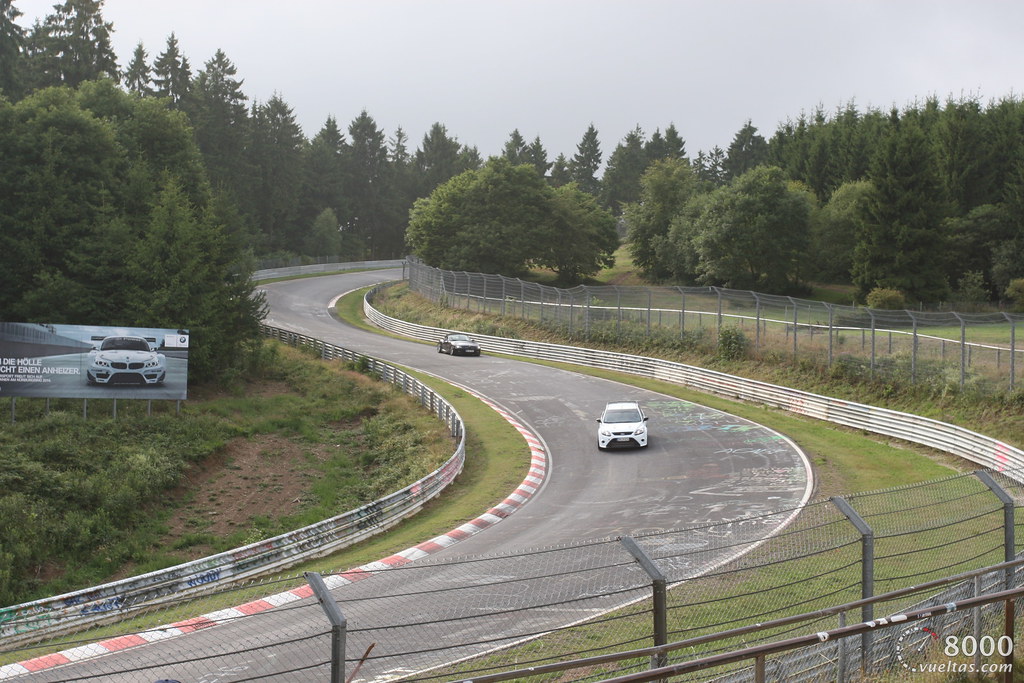Formula 1 cars are equipped with highly sophisticated braking systems that play a crucial role in achieving their remarkable performance on the track. Here is an overview of how these intricate braking systems work:
- Components of the Braking System: A current F1 car’s braking system consists of brake discs, calipers, pedals, and a master cylinder, all interconnected by pipework. Additionally, a brake-by-wire unit controls the rear brakes
- Braking Performance: The impressive braking performance of F1 cars allows them to decelerate from speeds as high as 200mph to close to a standstill in just seconds. Achieving this feat involves a combination of downforce, mechanical components, and electronic systems
- Brake Discs and Calipers: F1 cars use carbon discs and pads with aluminum six-pot calipers. Carbon fiber is preferred due to its lightweight nature and ability to withstand high temperatures better than steel. The use of carbon fiber has become standard in F1 for its performance advantages
- Evolution of Braking Systems: Over the years, F1 braking systems have evolved significantly to meet the demands of challenging circuits like the Canadian Grand Prix. Changes in regulations have influenced the design of brake components such as calipers, discs, and materials used for improved performance and safety
- Brake-by-Wire Technology: With the introduction of Energy Recovery Systems (ERS) technology in 2014, F1 adopted brake-by-wire technology for the rear brakes. This system allows for more precise control over braking and energy recovery processes, enhancing overall performance on the track
- Brake Balance Adjustment: Drivers can adjust brake bias and brake balance using controls on the steering wheel without needing to take their hands off during a race. This feature allows for real-time adjustments to optimize braking efficiency based on varying track conditions
Table of Contents
Understanding the Anatomy of F1 Brake Systems
The brake system on an F1 car is a marvel of engineering, compressing two master brake cylinders to generate fluid pressure that slows the car down. The rear brake system in an F1 car is more complex, utilizing friction from the brakes, resistance from the engine, and electrical braking from the MGU-K.
F1 cars achieve their incredible braking performance through a combination of downforce, tires, and a sophisticated braking system. They use carbon discs and pads with aluminum six-pot calipers to achieve maximum braking efficiency.
The braking system of F1 cars is heavily regulated to limit performance, with each car having two separate master cylinders for front and rear brakes.
The Role of Brake Discs and Calipers in F1 Cars
Brake discs and calipers play a crucial role in the braking system of an F1 car. Made from a mix of carbon fibers and resins, the brake discs are then baked at high temperatures to create a strong and lightweight material.
The calipers, on the other hand, are made from aluminum alloys with advanced designs and cooling mechanisms to handle the heat generated during braking.
Carbon-carbon brakes are used in Formula One cars due to their high temperature resistance and durability. These brakes can reach temperatures of up to 1000 degrees Celsius during a race.
Cooling ducts are used to help dissipate heat from the brakes during a race, ensuring optimal performance and longevity.

The Intricacies of Brake-by-Wire Technology in F1
The Brake-by-Wire (BBW) system, introduced in F1 in 2014, offers performance advantages by providing braking stability and allowing for dynamic changes in brake balance. This system controls the rear brakes, balancing the braking effort between the rear tires and the regenerative braking system.
The BBW system has evolved over the years, providing F1 teams with the flexibility to adjust the brake bias between front and rear brakes as well as during the braking event itself. This precision and control are crucial in the high-stakes world of Formula One racing.
The Science Behind the Brake Pedal in Formula One
The brake pedal in F1 cars no longer has power assistance, with drivers exerting up to 125kg of pressure on it for maximum braking effort. The forces exerted by drivers on the brake pedal are translated into braking power, with the concept of brake bias playing a crucial role in this process.
Brake fluid is transferred under pressure through pipework from the master cylinders to the calipers, with a combination of flexible braided pipes and rigid pipes used to maintain pressure. This intricate system allows for efficient and effective braking, contributing to the impressive performance of F1 cars.

The Impact of Circuit Characteristics on F1 Braking Systems
Different race tracks can impact the performance and requirements of F1 braking systems. Tracks like Monaco and Canada pose challenges due to high brake temperatures, requiring effective temperature management for optimal brake performance.
Lock-ups are common in Formula One due to the lack of ABS, with downforce and changing grip levels playing a role in braking performance.
The blend of downforce, tires, and braking system makes F1 cars the most efficient decelerating race machines in motorsport. However, the specific demands of each circuit can significantly influence the performance of these systems, requiring careful consideration and adaptation.





